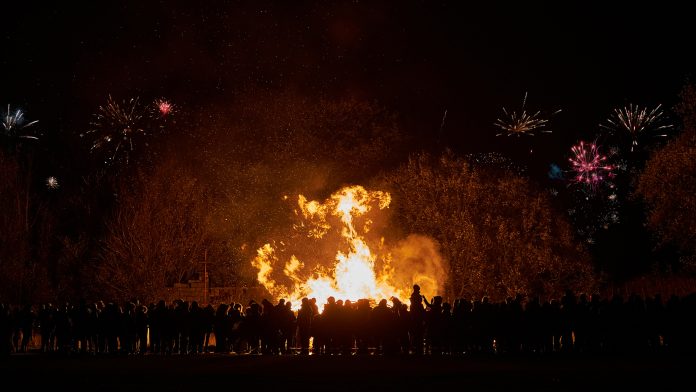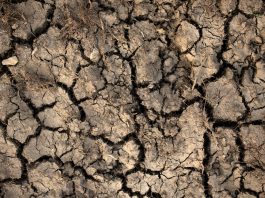Researchers from the University of Leeds, UK, have monitored air quality on Bonfire Night (5 November) to determine whether soot created by fires and fireworks, known as black carbon, could help to create ice in clouds.
As published today in the Journal of Geophysical Research: Atmosphere, the research team carried out experiments from 5 November 2016 to the early hours of the following day, repeating the same experiment in 2017 from November 4 and 5. The team found that soot in the atmosphere around Bonfire Night events was up to 100 times its normal level.
The researchers filtered the air with samples taken hourly. Equipment was set up on the balcony of the School of Earth and Environment building, 15m from ground level and more than 0.5 km from any individual bonfires or firework displays, to give a representative view of the air quality across the city.
Ice occurs naturally in clouds, but tiny particles of desert dust, soil dust, fungus, and bacteria swept high into the air can cause supercooled water droplets in clouds to freeze around them. High concentrations of these ice-nucleating particles can cause clouds to freeze, potentially impacting the earth’s climate.
The researchers discovered black carbon produced on Bonfire Night did not act as ice nucleating particles – but they did not expect to see such high levels of the polluting matter in the atmosphere.
Black carbon particles are so small that they can penetrate deep into the lungs and cause irritation. Long term exposure can cause harmful effects on the heart and lungs and contributes to millions of deaths worldwide each year.
Lead author Michael Adams, Research Fellow in Atmospheric Ice Nucleation, said: “Our measurements showed that whilst pollution emitted on Bonfire Night shouldn’t have any effect on whether clouds are liquid or ice, the elevated concentrations of soot and other pollutants in the atmosphere should be a warning to those with pre-existing health conditions, as the aerosol particles are in the size range where they can enter the lungs and cause problems.”









